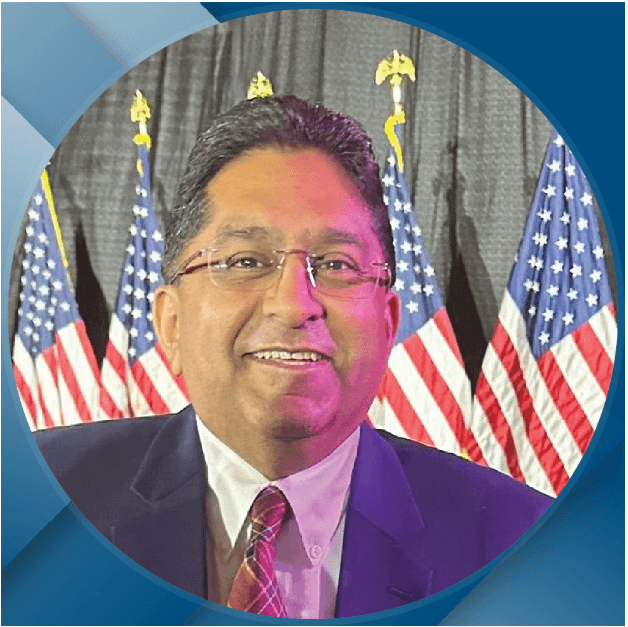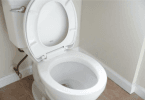Henry Ford West Bloomfield Hospital represents a bold reimagining of what healthcare can look like when guided by innovation and community values. Built under the leadership of the Henry Ford Health System, the hospital was shaped by a vision that extended beyond traditional treatment. It sought to blend hospitality, wellness, and clinical care into a unified experience. Planning focused on measurable goals, patient comfort, and proactive health, while leadership worked to build a team aligned in values and purpose.
Rather than treating patients as passive recipients, Asad Malik says that the hospital invited community voices into the planning process. Challenges along the way, such as construction delays and budget constraints, were approached with transparency and adaptability. The result is a model of care that’s not only innovative but also deeply grounded in empathy, trust, and practical execution.
Contents
Purpose Behind the Project
Henry Ford West Bloomfield Hospital opened with a clear mission: to reimagine the healthcare experience. Located in a suburban Michigan community, the hospital was designed to serve medical and wellness needs under one roof. Leaders within the Henry Ford Health System wanted to create a facility that felt less institutional and more welcoming.
The project was driven by a vision to combine clinical excellence with hospitality-inspired care. This meant rethinking everything from patient rooms to food services. The intent was not only to treat illness but also to promote long-term health, aligning with growing public interest in preventive care.
By placing the community at the center of its planning, the hospital aimed to build trust and meet unmet regional needs. The leadership team saw this as a chance to lead by example, demonstrating how thoughtful planning and bold thinking could reshape the delivery of care. They believed a hospital should reflect the values of the people it serves, not just the functions it performs.
Planning and Design
From the beginning, the leadership team approached planning with clarity and intention. They knew that to stand out in a crowded healthcare landscape, the hospital needed to offer more than traditional services. Every design decision—from natural lighting to calming interior colors—was made to support healing and comfort. Even the building’s orientation was chosen to maximize natural elements and reduce stress for patients and staff.
The hospital’s layout didn’t follow conventional models. Leaders chose to integrate wellness spaces, such as a demonstration kitchen and fitness areas, directly into the care setting. These choices reflected a desire to shift the focus from reactive treatment to proactive well-being.
Strategic goals were tied to measurable outcomes, like reducing patient stress and enhancing satisfaction. By grounding innovation in data and community insight, the hospital’s design became a blueprint for how health systems can merge aesthetics with purpose. The team also worked closely with clinicians to ensure that operational efficiency was never sacrificed in pursuit of ambience.
Building a Values-Driven Team
Leadership placed a strong emphasis on hiring individuals who embraced the hospital’s mission, not just those with technical expertise. They looked for people who could connect with patients, collaborate with colleagues, and thrive in a culture built on empathy and excellence. Emotional intelligence and compassion were weighed as heavily as credentials during the recruitment process.
Constructing a cohesive team required more than staffing—it meant fostering a mindset. Leaders encouraged transparency, open dialogue, and shared accountability across departments. This created an atmosphere where feedback was welcomed and continuous improvement became the norm. Training programs focused not only on skills but also on reinforcing the hospital’s core values.
By prioritizing character and cultural alignment alongside qualifications, the hospital assembled a workforce that could carry out its ambitious vision with consistency and care. The result was a team that didn’t just work together but believed in the work they were doing.
Innovation with Practical Execution
While creativity was encouraged, it was always tempered with careful execution. Budget constraints, regulatory requirements, and operational realities had to be addressed without compromising the hospital’s vision. Leaders navigated this balance by staying grounded in their goals while remaining flexible enough to adjust when necessary. They developed phased implementation plans to ensure new ideas didn’t disrupt existing care delivery.
Community Engagement as a Leadership Tool
The hospital didn’t simply open its doors to the community. Leaders met with local residents, business owners, and health advocates to understand regional priorities and concerns. These insights directly influenced the hospital’s services and programming.
This helped build trust and foster long-term loyalty. When decisions reflected the voices of those being served, the community responded with support and pride. That sense of shared ownership became a powerful leadership tool, turning patients into partners and stakeholders into advocates. Events such as town halls and health fairs helped maintain open communication even after the facility opened its doors.
Learning from Challenges
Launching a healthcare facility of this scale came with inevitable setbacks. Delays in construction, budget pressures, and resistance to new ideas tested the resolve of the leadership team. Rather than sidestep these issues, they addressed them head-on with transparency and a willingness to adapt.
Moments of difficulty became catalysts for growth. Leaders refined their strategies, strengthened their collaborations, and used each challenge to reinforce their commitment to the hospital’s mission. The ability to learn and adjust in real time became an asset that extended well beyond the opening phase.







